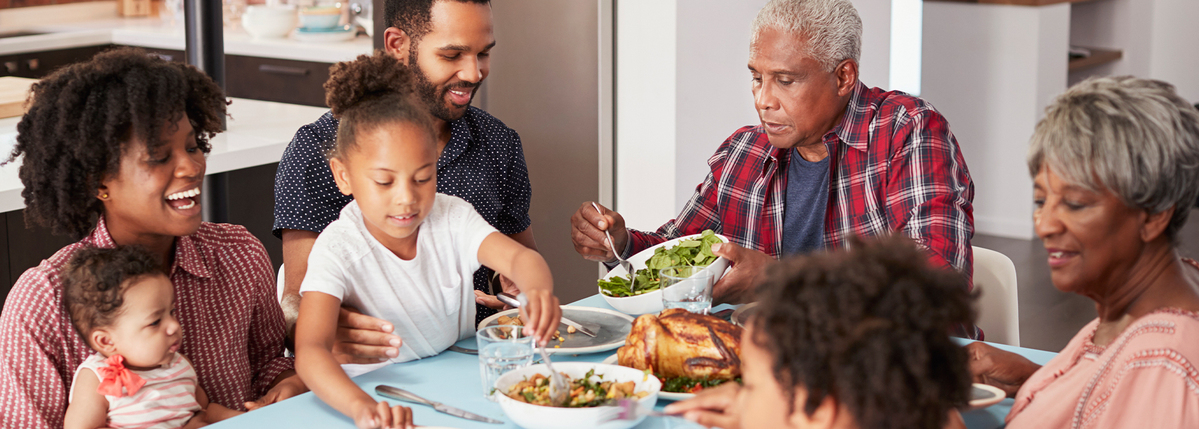The Rise of Prediabetes Diagnoses
It seems the number of people diagnosed with prediabetes has been progressively increasing. It is now reported that 96 million adults in the U.S. have prediabetes and more than 80 percent may be undiagnosed.
Beyond Type 2 sat down with Dr. Mayer B. Davidson, a professor of Medicine at Charles Drew University and the David Geffen School of Medicine at UCLA to learn more about prediabetes, insulin resistance, and why rates of prediabetes have gone up.
The transcript below has been edited for length and clarity.
Can you give us a little background on what prediabetes is?
Dr. Davidson: Prediabetes is a level of glycemia that lies between the diagnosis of diabetes and normal. It implies that these people are more likely to develop diabetes if their blood glucose levels are in the prediabetic range than if they’re in the normal range.
The body’s handling of blood glucose is affected by two things: by the amount of insulin secreted and how effectively that insulin works (termed insulin sensitivity). While we’re fasting, a small amount of insulin is produced with another hormone glucagon. These two work to keep our blood glucose levels stable when we are not eating. After we eat, in minutes, insulin which is produced by the pancreas takes the broken down glucose from the meal to use for immediate energy or stores the glucose in the body’s fat, muscle and liver tissues to keep blood glucose levels from rising too high.
The other side that determines how high the blood glucose level goes after we eat is insulin sensitivity. In other words, how effective is the insulin that’s secreted when it comes out?
If the person is insulin sensitive and the secreted insulin is working very effectively, then a small amount of insulin will do the job. If it’s not very effective, a person’s insulin sensitivity is low, then we call that insulin resistance. It takes more insulin from the pancreas in order to put that glucose into the tissues. That’s the basic physiology of how our body handles glucose.
The rate of prediabetes seems to have massively increased during the pandemic. Do we know why that has happened?
The reason that there’s so much more prediabetes is because of our obesity epidemic. It turns out that obesity impairs insulin sensitivity. It makes us insulin resistant so we need more and more insulin as we get fatter and fatter. There’s been a tremendous epidemic of obesity. It’s probably been made worse because of the recent Covid-19 pandemic which has led to less exercise and probably more eating.
In terms of those two issues—insulin secretion and insulin resistance—so far we don’t have any way of changing the insulin secretion part. It’s genetically determined. None of our strategies will do very much about it. If we lose weight, if we become more insulin sensitive, then the amount of insulin that is secreted will do a better job.
Since you explained insulin resistance very well, is insulin resistance the same as type 2 diabetes?
No. First of all, insulin resistance is also inherited. Some people are very insulin sensitive, and some people are insulin resistant. For instance, the African American population inherits a higher level of insulin resistance than the Caucasian population for some reason.
People with type 2 diabetes have problems with both of those factors. They don’t make enough insulin and they are insulin resistant. But it turns out that in obese populations, only a third develop type 2 diabetes. The other two-thirds don’t have an impairment of insulin secretion. So they are able to produce enough insulin to overcome the insulin resistance of obesity.
Does prediabetes mean you’ll eventually develop type 2 diabetes?
No, and that’s the part that I need to get at. First of all, let’s start with the diagnosis. If you have prediabetes and you are tested again, about a third of patients go back to normal blood glucose levels. Prediabetes is a risk factor though. If it persists, more of those people will eventually progress to type 2 diabetes. But it turns out to be only about a third of the prediabetic population over their entire lifetime develop type 2 diabetes.
So this obesity epidemic that we’re facing, was that heightened during the pandemic then? Is that why we see an increased rate of prediabetes?
Probably. In 1980, about 10 to 15 percent of the population was obese. In 2021, 40 percent of the population is now obese. There’s been a gradual progressive increase in obesity over time. Now I’m assuming in the pandemic, people are sitting at home and they’re not able to get out and exercise and probably overeating, and all that is going to be a factor in more obesity.
Also, people getting upset, mental stress, etc., could be related to an increase in insulin resistance. My hunch—it’s a guess because no one’s really studied it well—is that the increased stress produced by the recent pandemic has also increased insulin resistance. This would lead to more prediabetes.
Other than losing weight, is there any other way to “cure” insulin resistance?
Unfortunately not. There is one thing that will do it, but it’s very temporary—exercise. But this is not the usual exercise that we talk about–walk around the block or walk for an hour. If you intensively exercise to get your pulse rate up—it’s called aerobic exercise—for 30 minutes at least three times a week, you do increase insulin sensitivity. Unfortunately, the effect on insulin sensitivity is only temporary, wearing off in one-to-two days. Increasing exercise alone doesn’t reduce obesity; it requires eating less calories.





